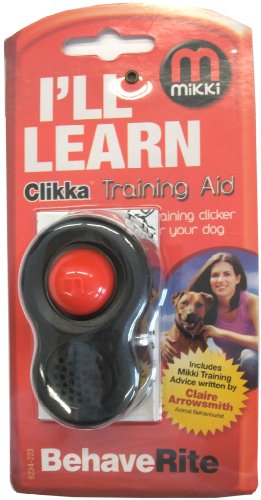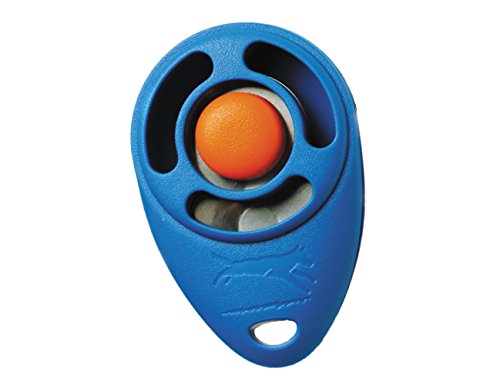When you have been given an area to clear by law enforcement, the scenario may be one that requires gridding the area. Depending on the strength of the wind and the type of terrain, the grids may be as close together as 25 feet or as deep as 100 or more feet and will extend the full length of the area to be covered.
First you do need to know how many steps it takes you to travel a specific distance. To measure how far you are walking between your grids, you must learn to count out your paces. Firstly, take a tape measure into your back yard or a local park area nearby. Measure out 100 feet and mark it. Then, begin at the start and count every "pace" as you walk. Each step of your left foot should be a count. Walk in a regular manner, no giant steps, no baby steps. Count this out several times. Now move your 100 foot measure to a different area, one that is in relatively rough terrain. Do the same thing again. You will notice that you will take many more steps to cover the 100 feet in the heavy brush area. Averaging out these figures will give you a rough idea of how many steps you must take to cover a 100 foot section. Once you know how many feet you will cover when you have taken a hundred paces, you are ready to grid an area. The whole purpose of gridding an area is to cover the entire area, as much as possible. It goes without saying that knowing how far you have walked is highly important when law enforcement gives you an area that they wish you to "clear".
The other component of gridding is to be able to navigate with a compass. It is absolutely vital that you can translate the area that you have covered onto a map when you return to the base for your report. Map skills, compass orienteering and land navigation are all important components of doing a grid search.
When you are comfortable and knowledgeable about how far you have traveled and where you have traveled, you can then begin to actually do a grid pattern. The first few times it might be best to do this without your dog.
Once you feel comfortable with gridding, take your dog along after you have set a subject out in a large area of at least 20 acres. This should be done with a dog that has already practiced enough that he can be counted on to focus on searching. Set your subject out according to the wind as far away as you can, so that you can do at least one pass across if possible, before your dog will catch the scent. This is why at least 20 acres is necessary and if you have a good wind you will want a larger area. What you want to check for is that for sure the dog will go along with you, searching as normal out in front of you and will go along with the directional signals that you give him as you make your turn and start on your second pass. Once you have begun to do grid patterns with your dog, you will learn by practicing this often how far away your dog can pick up scent and how to read his body language when he hits the scent. Gridding must be practiced many many times before you and your dog will be competent enough to pass a certification test and be "mission ready".
Gridding is a necessity for making sure that you are completely clearing an area. Do not skimp on this part of the training of yourself and of your wilderness area search dog, for the majority of all of your searches on land will more than likely be simply clearing areas where there is no subject. You will need to be able to report back to Law Enforcement where you have been, what you have done and how much area you have cleared.

 A Review of The Invisible Fence
Chubbymy pet LabradorI have a pet dog, named him Buddy, he i
A Review of The Invisible Fence
Chubbymy pet LabradorI have a pet dog, named him Buddy, he i
 Pet Strollers
A pet stroller is a great way to take the furr
Pet Strollers
A pet stroller is a great way to take the furr
 How To Treat Ticks On Dogs
About TicksKnowing about tic
How To Treat Ticks On Dogs
About TicksKnowing about tic
 Get Started Training Your Dog
IntroductionSo youve got you
Get Started Training Your Dog
IntroductionSo youve got you
 The Guide to Buying a Dog
Buying and owning a dog is a
The Guide to Buying a Dog
Buying and owning a dog is a